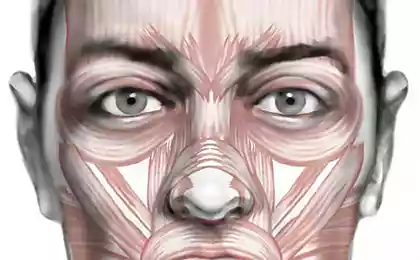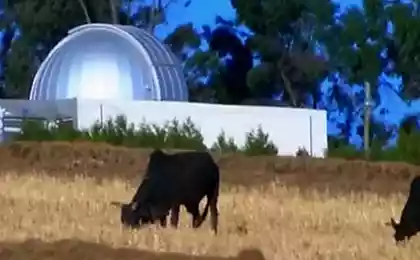680
Faces of Ethiopia
Black-and-white portraits of the inhabitants of the valley of the Omo River in Ethiopia organically complementing all news photos of the places. Photographer Michael Hanson.
12 photo + letter
via amelito
Photo © Michael Hanson / Michael Hanson
1.Territorialnye dispute over ownership of the best pastures for livestock watering and turn, especially in the years of starvation, brutal and bloody clashes in which the murder of the foreigner is perceived as a heroic deed.

2. Up to 90-ies of the tribes that inhabit the valley of the Omo River in southwestern Ethiopia, wrote almost nothing, and few Europeans had seen them at all.

3. There is still no reliable data on the number of tribes: experts suggest that in this remote and little-studied area live 15 to 20 tribal groups.

4. All are ethnically different, but are similar lifestyle, women work the land and raise their children, men herding cattle in the flood plain of the river, the old guide the process.

5. People living in the valley of the Omo, essential Kalashnikovs - as they protect the borders of their possessions, not marked on any map of the world.
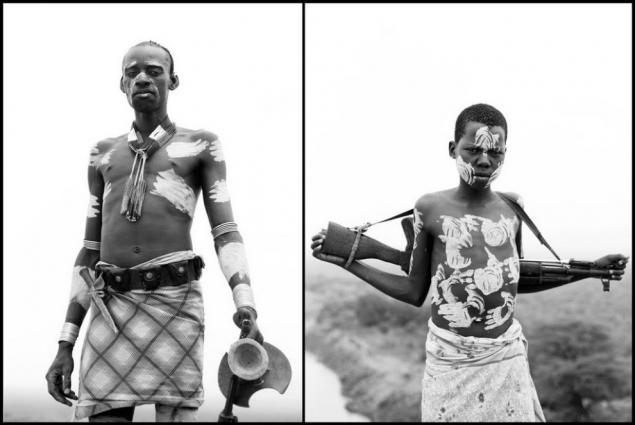
6. Since then, as the local conflicts in the North-East Africa started to be addressed through the supply of military powers like the USA and the USSR, automatic weapons superseded javelins from use of even the most "wild" tribes.

7. In the melee with the hijackers cattle from hostile tribes are still in the course of the traditional "two-horned" knives, bracelets with protruding blades, which are applied in combat terrible lacerations.
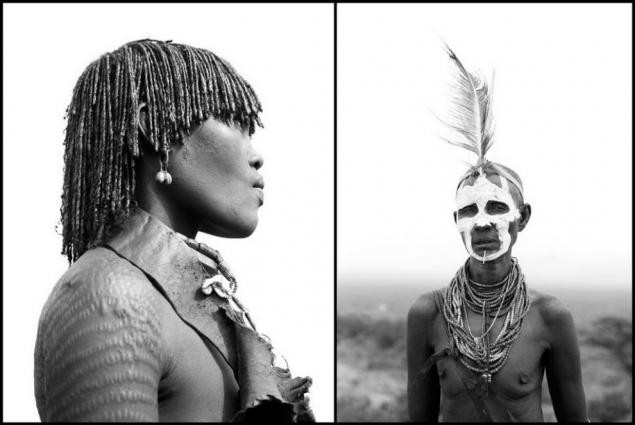
8. Such a knife every self-respecting warrior Omo Valley is on the right wrist, but he is required to shoulder a rifle, and in rare cases - and expensive "Kalash".

9. However, the itinerant travelers especially not in danger.

10. Natives fighting pose very low capacity and other white people and the tourists are, at best, with good-natured condescension at worst - with a certain disdain.

11. worthy opponents believe only neighbors "paradise."

12. Mesopotamia Omo and Baró Kibisha - District eternal conflict inhabit it tribal groups.
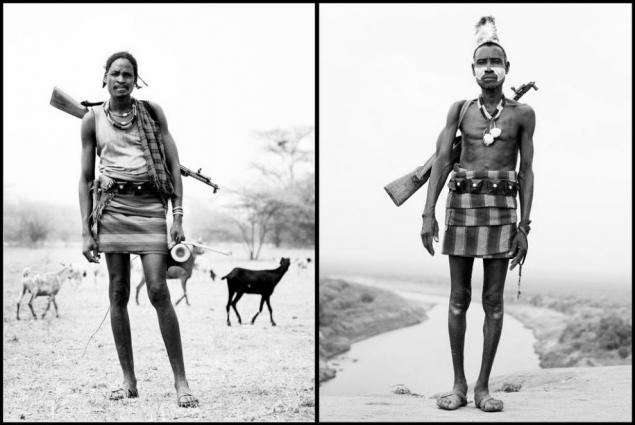
Source:
12 photo + letter
via amelito
Photo © Michael Hanson / Michael Hanson
1.Territorialnye dispute over ownership of the best pastures for livestock watering and turn, especially in the years of starvation, brutal and bloody clashes in which the murder of the foreigner is perceived as a heroic deed.

2. Up to 90-ies of the tribes that inhabit the valley of the Omo River in southwestern Ethiopia, wrote almost nothing, and few Europeans had seen them at all.

3. There is still no reliable data on the number of tribes: experts suggest that in this remote and little-studied area live 15 to 20 tribal groups.

4. All are ethnically different, but are similar lifestyle, women work the land and raise their children, men herding cattle in the flood plain of the river, the old guide the process.

5. People living in the valley of the Omo, essential Kalashnikovs - as they protect the borders of their possessions, not marked on any map of the world.

6. Since then, as the local conflicts in the North-East Africa started to be addressed through the supply of military powers like the USA and the USSR, automatic weapons superseded javelins from use of even the most "wild" tribes.

7. In the melee with the hijackers cattle from hostile tribes are still in the course of the traditional "two-horned" knives, bracelets with protruding blades, which are applied in combat terrible lacerations.

8. Such a knife every self-respecting warrior Omo Valley is on the right wrist, but he is required to shoulder a rifle, and in rare cases - and expensive "Kalash".

9. However, the itinerant travelers especially not in danger.

10. Natives fighting pose very low capacity and other white people and the tourists are, at best, with good-natured condescension at worst - with a certain disdain.

11. worthy opponents believe only neighbors "paradise."

12. Mesopotamia Omo and Baró Kibisha - District eternal conflict inhabit it tribal groups.

Source:
